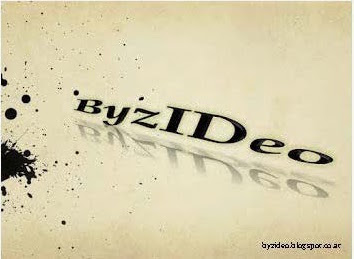by Ulrich Meurer (Visiting Professor of Film
Studies at the University of Bochum)
The research project focuses on the vestiges of
Byzantine art and aesthetic “mentality” that surface in cinema’s modes of
representation. While film history has mainly been conceptualized in terms of
classical antiquity and the Renaissance (ocular perception, perspective
spatiality, linear narration, psychological subjectivity …), the project posits
“Byzantium” – not so much a historical reference point than a figure of thought
– to unfold a set of thematic as well as formal features which connect modern
and contemporary film to an alternative iconographic and cultural tradition,
favoring non-perspective spaces, formulaic approaches to lighting, symmetry,
flat or haptic surfaces, emblematic presentation, contemplative perception and
mosaic-like narrative. However, such instances of non-dramatic iconicity are
often reduced to certain “traces or repression” in dominant filmic imagery and
plot (at best highlighted in certain aesthetic and spiritual aspects of Russian
cinema).
Gold Ground/Silver Screen addresses the figure of the
“Byzantine” in depictions of Byzantium since the early and classical phases of
cinema (e.g., Louis Feuillade’s L’agonie de Byzance [1913]), in explicit references
to Byzantine art (e.g., Nicolas Roeg’s Don’t Look Now [1973]), in the adoption
of wider notions of Byzantine aesthetics and stylistics [e.g., Paul Schrader’s
Comfort of Strangers [1990]), and in cases that introduce a largely abstract
“Byzantine” sensibility expressing itself in a certain transparency of the
image to the metaphysical.
The initiation of the project in July 2014 and
first conceptual research work have been made possible through the support of
the Istituto Ellenico di Studi Bizantini e Postbizantini di Venezia, which
provided archive material, museum inventories and infrastructure.




No comments:
Post a Comment